Whether you're embarking on a long road trip or simply cruising along the highway, cruise control can enhance your driving experience and provide added convenience. Learning the ins and outs of cruise control, including how it works, is essential for knowing how to use it.
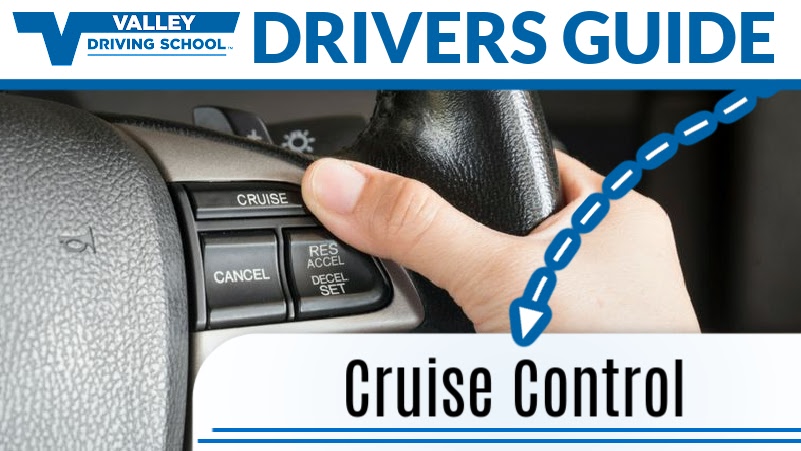
Our drivers guide to cruise control will feature the basics of how, and when, to use cruise control safely and effectively.
The History of Cruise Control
Cruise control technology has come a long way since its introduction in the mid-20th century. Initially, it was a relatively simple system, but advancements in technology have made it more sophisticated and adaptable. The first commercial cruise control system was introduced by Chrysler in the late 1950s. It utilized a vacuum system to control the throttle position and maintain a constant speed. In the 1970s, electronic cruise control systems began to replace vacuum-based systems. These newer systems utilized electronic components and microprocessors for better control and accuracy.
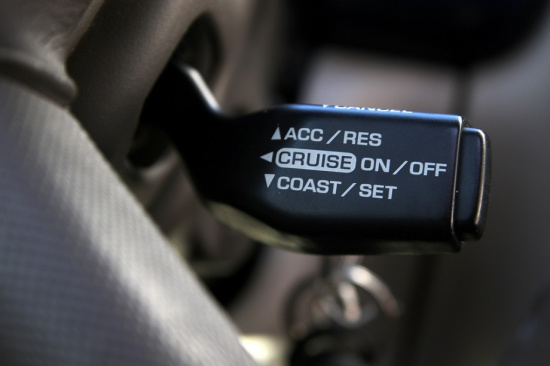
Adaptive Cruise Control (ACC), introduced in the late 1990s, represents a significant leap in cruise control technology. Unlike traditional cruise control, ACC uses radar or laser sensors to detect the distance and relative speed of the vehicle ahead. It can automatically adjust the speed to maintain a safe following distance. Modern cruise control systems now incorporate advanced safety features, such as collision warning, automatic emergency braking, and lane-keeping assist. These features enhance the driver's safety and help prevent accidents.
What is cruise control?
Before you decide to use cruise control, it can help to know how it works! Cruise control is a servomechanism system that is designed to automatically control the vehicle’s speed without manual throttle input from the driver. When you drive and press down on the accelerator, you’re adjusting the throttle position. When you use cruise control, the system actuates the throttle valve by a cable connected to an actuator, instead of by pressing a pedal. It takes over the throttle of the car to maintain a steady speed as set by the driver.
The system constantly maintains the speed set by the driver, no matter the road conditions. Even if the road is inclined, cruise control will adjust the throttle accordingly to maintain the same speed that was set.
If your vehicle has a manual transmission, the clutch pedal is also hooked up to the cruise control.
How does cruise control work?
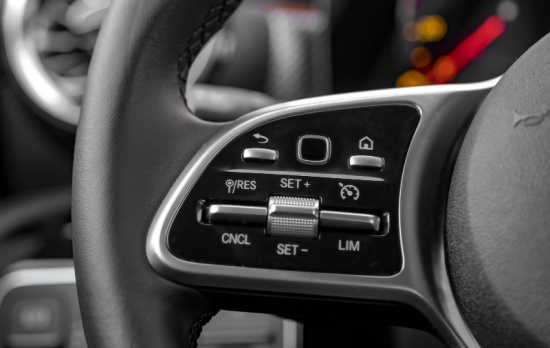 Cruise control operates through five different connections.
Cruise control operates through five different connections.
- Speed Sensor: The cruise control system uses input from various sensors, including a speed sensor, which continuously monitors the vehicle's speed.
- Control Module: The control module, typically located in the engine bay or cabin, receives input from the speed sensor and processes the data.
- Throttle Actuator: The throttle actuator, connected to the control module, adjusts the throttle opening to maintain the desired speed.
- Driver Input: The driver activates cruise control by selecting the desired speed and engaging the system through a dedicated button or switch, usually located on the steering wheel or stalk.
- Acceleration and Deceleration: To adjust the vehicle's speed, the cruise control system can increase or decrease throttle input. Once the vehicle reaches the set speed, the throttle actuator maintains it until the driver intervenes or cancels the cruise control.
How do you use cruise control?
The cruise control button is generally located on the steering wheel, however the controls can also be found on a stalk near the steering wheel, similar to the turn signal and windshield wiper controls. Every vehicle’s cruise control setup is different, so read the owner’s manual before using cruise control to understand where the buttons are and how to use them correctly.
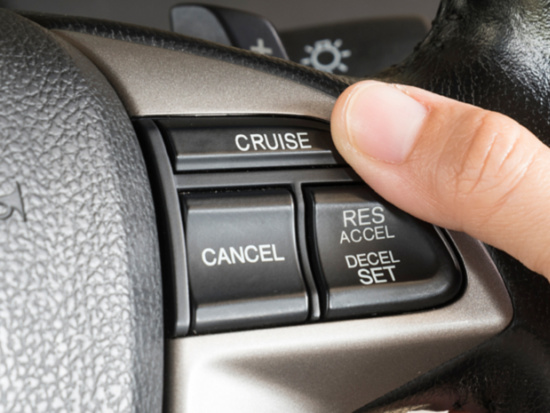
There are typically four cruise control-related buttons: On/Off, Set/Accel, Resume, and Coast.
- On/Off: The on and off buttons send messages to the car to indicate that you’ll either be setting a cruise control speed or turning off cruise control. Some vehicles may not have these buttons. If a vehicle doesn’t have an on button, you’ll have to use the “set” button, which will turn on cruise control when you press it. Hitting the brakes will turn off cruise control.
- Set/Accel: This button tells the car to maintain the speed you are currently driving. Holding down the set/ accel button will make the car accelerate.
- Resume: You can use the resume button to re-engage cruise control after recently disengaging it. Hitting the resume button will tell the car to accelerate back to the most recent speed setting.
- Coast: Holding down the coast button will cause the car to decelerate.
Before activating cruise control accelerate to your desired speed, while staying within the posted speed limit. You can activate cruise control once you’ve built up to your desired speed.
After activating cruise control, you can take your foot off the accelerator. The vehicle should maintain the cruising speed that you’ve set. You can accelerate the vehicle while in cruise control by pressing the ‘+’ button or decelerate by pressing the “-” button. You can also tap on the brake pedal, although this will deactivate cruise control in many vehicles.
Is it safe to use cruise control?
Cruise control is available to use in most vehicles and, used properly, is a safe and effective tool to use. Cruise control should be used when there is little-to-no traffic and on roads where the speed limit is constant for long stretches. Drivers should avoid this tool if there is a high volume of traffic or if the speed limits, or speed of traffic, is varying. Using cruise control on winding roads should also be avoided. These situations require constant speed adjustments, quick braking, and maneuvering, which cruise control may not be able to accommodate effectively or safely.
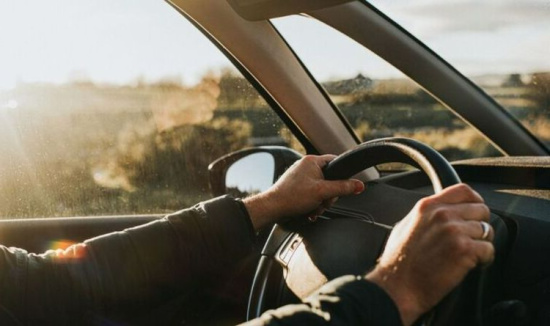
If you’re feeling fatigued or drowsy you should avoid using cruise control in any circumstance as this can contribute to the likelihood of falling asleep at the wheel. You should also avoid using cruise control during the nighttime or when it’s dark, or during other times of decreased visibility. Cruise control is a good option for maintaining speed control but, like the posted speed limit, should only be used during ideal road and driving conditions. This means if it’s raining or snowing, or if the road conditions are icy or wet, you should avoid using cruise control. If the vehicle you’re driving starts to skid the cruise control can accelerate your vehicle to maintain the set speed which could result in a dangerous situation.
While travelling in the dark or in high-traffic situations having to take extra time to cancel cruise control or arrange your feet on the pedals where they need to be could be the difference in avoiding a collision or being involved in one.
Stay attentive and vigilant any time you’re using cruise control. Always keep your eyes on the road, maintain awareness of your surroundings, and be prepared to take control of the vehicle if necessary. Watch for, and be ready for, any sudden changes in traffic or road conditions so you can adjust your handling and take control back from cruise control.
–
Cruise control is a valuable feature that enhances the driving experience, providing convenience and potentially improving fuel efficiency. Use these tips to make the most of cruise control while ensuring your safety and the safety of others on the road.
